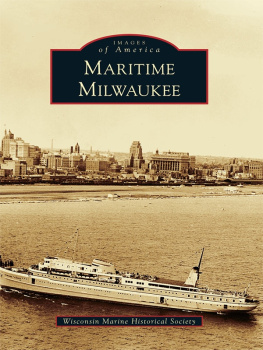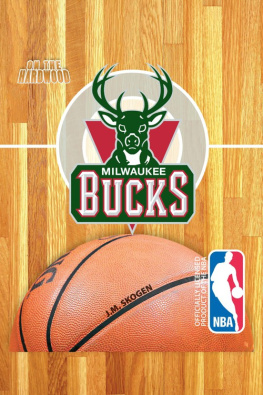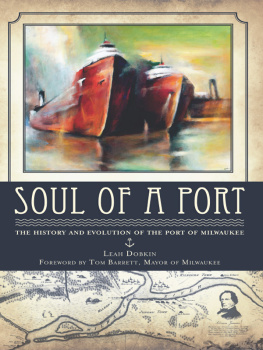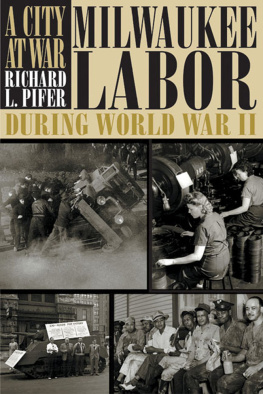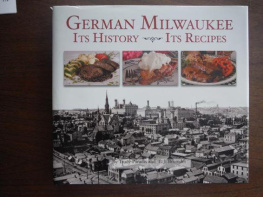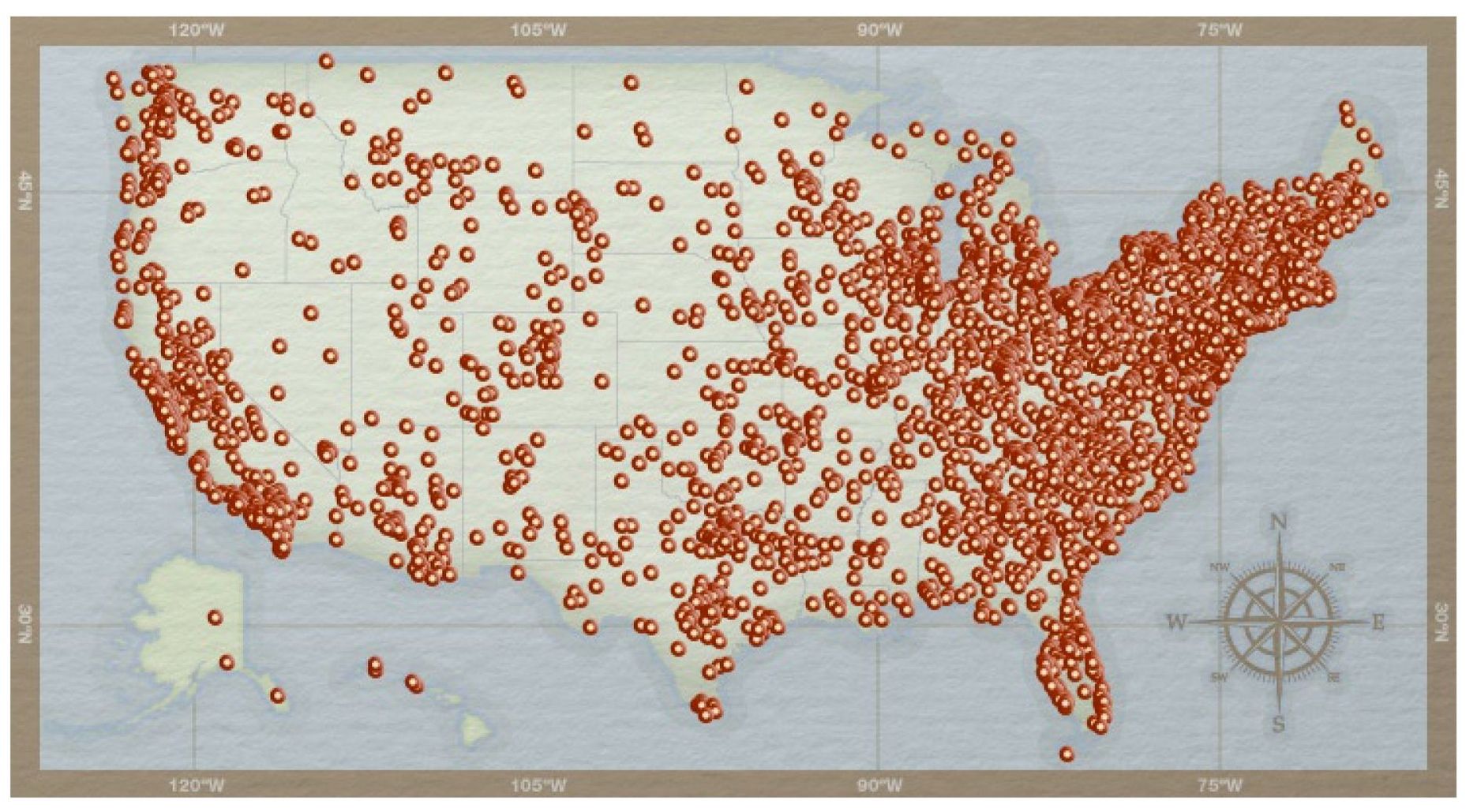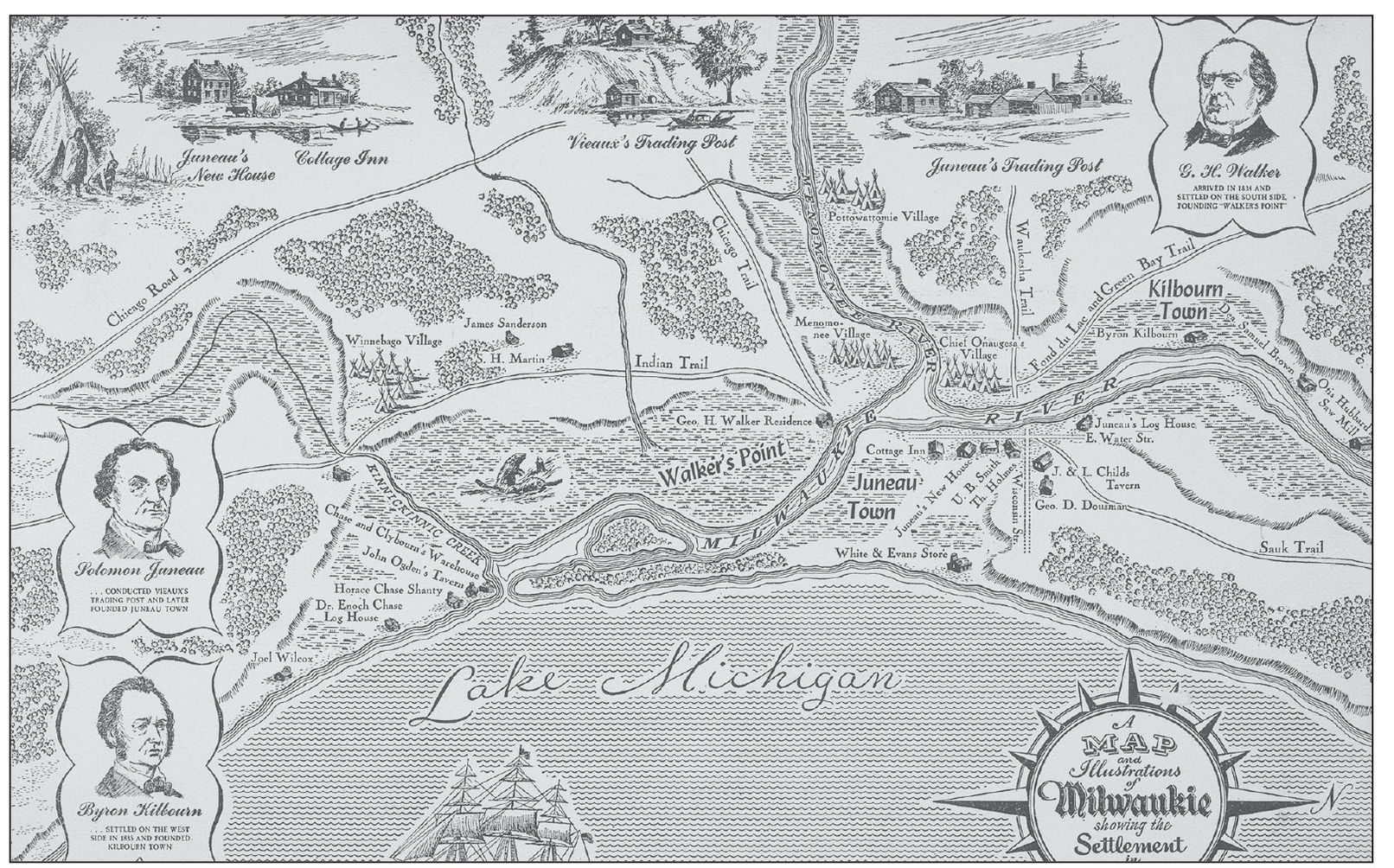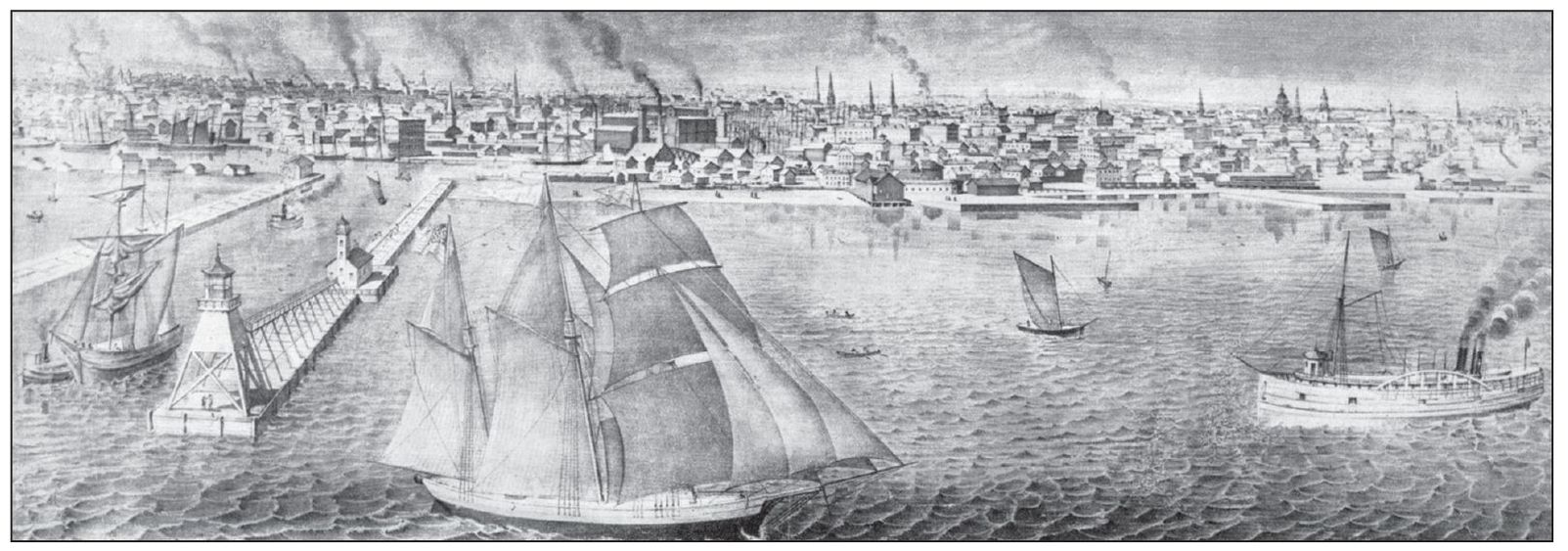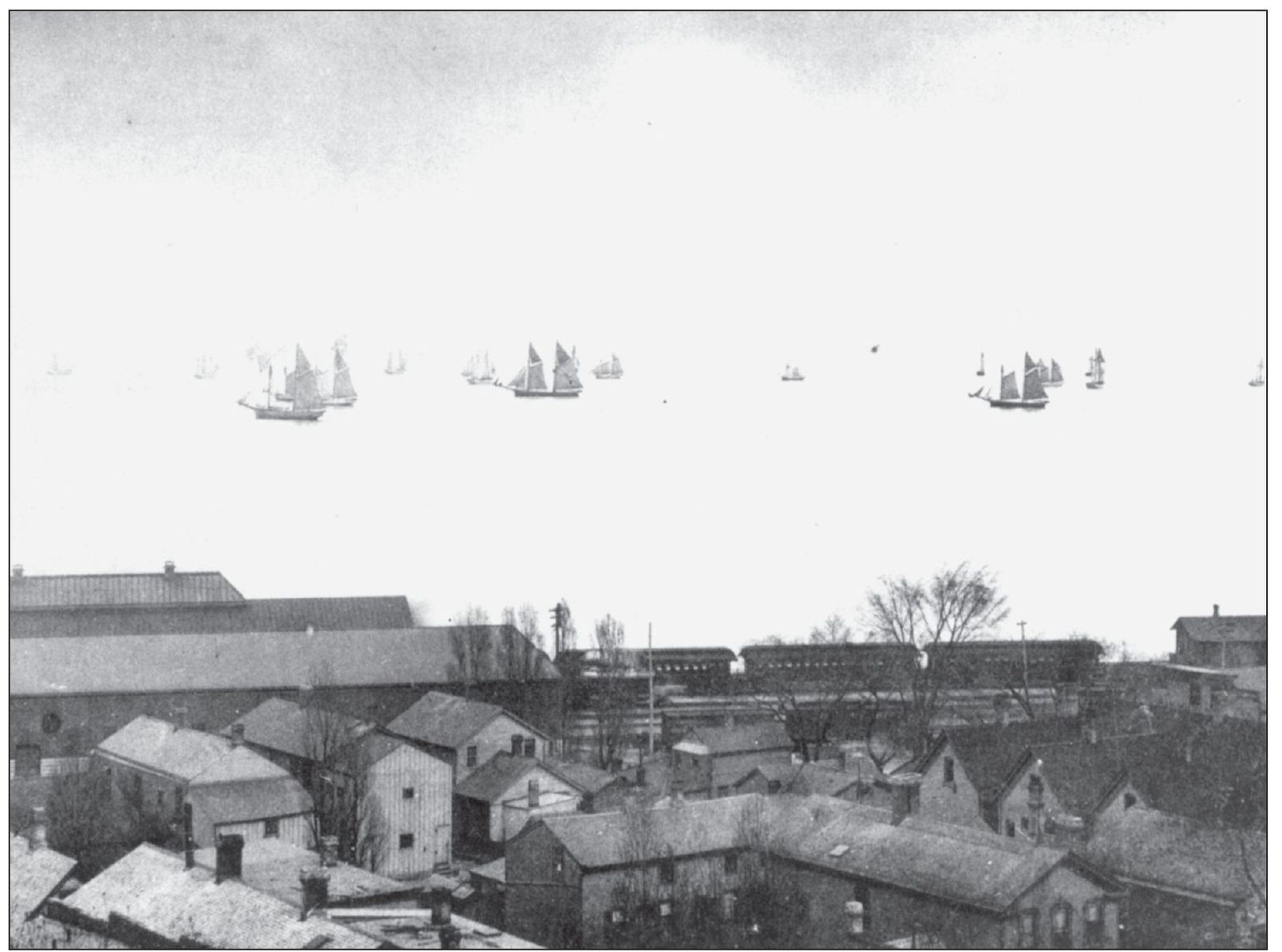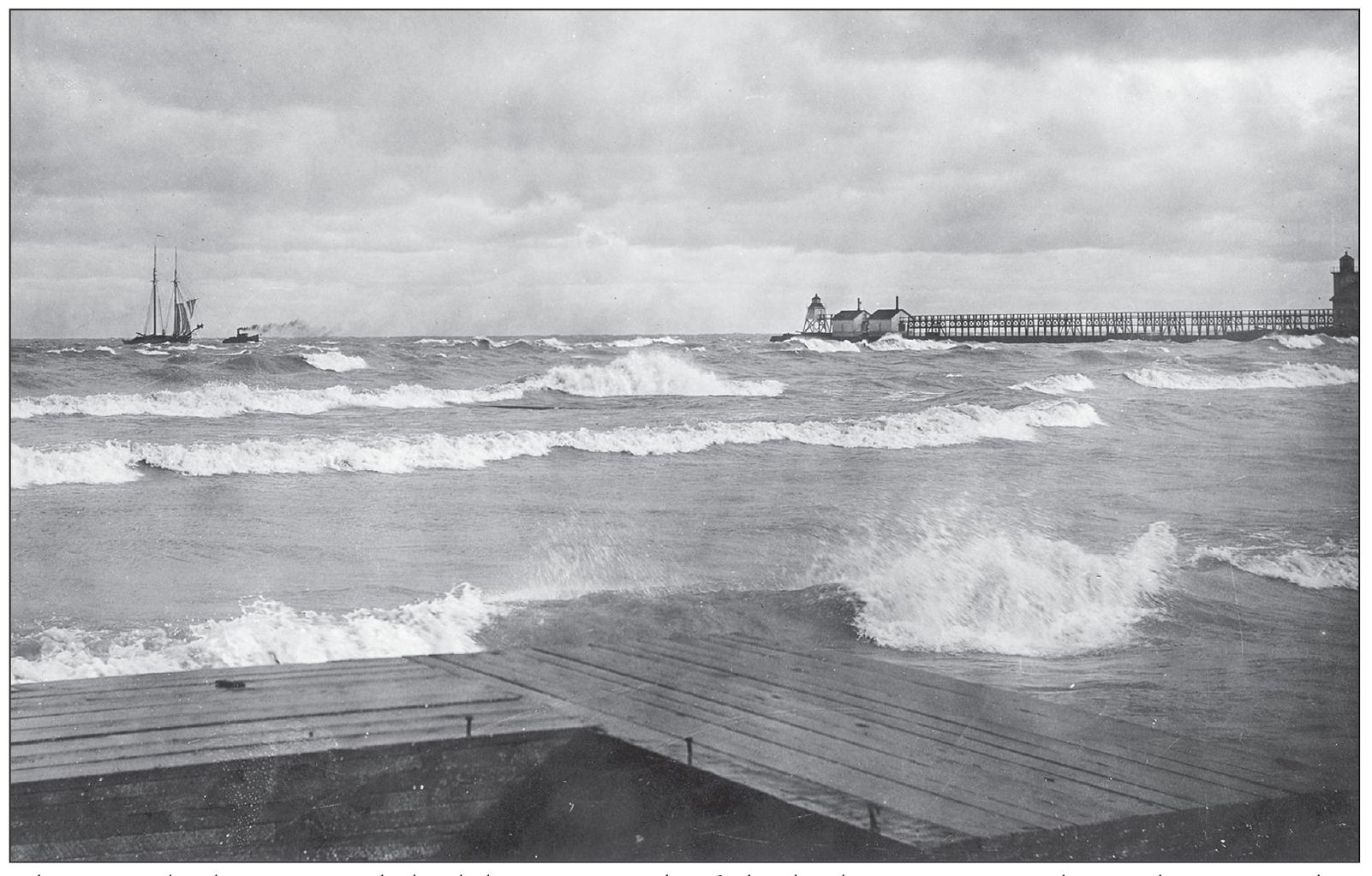Wisconsin Marine Historical Society - Maritime Milwaukee
Here you can read online Wisconsin Marine Historical Society - Maritime Milwaukee full text of the book (entire story) in english for free. Download pdf and epub, get meaning, cover and reviews about this ebook. year: 2011, publisher: Arcadia Publishing, genre: Children. Description of the work, (preface) as well as reviews are available. Best literature library LitArk.com created for fans of good reading and offers a wide selection of genres:
Romance novel
Science fiction
Adventure
Detective
Science
History
Home and family
Prose
Art
Politics
Computer
Non-fiction
Religion
Business
Children
Humor
Choose a favorite category and find really read worthwhile books. Enjoy immersion in the world of imagination, feel the emotions of the characters or learn something new for yourself, make an fascinating discovery.
- Book:Maritime Milwaukee
- Author:
- Publisher:Arcadia Publishing
- Genre:
- Year:2011
- Rating:5 / 5
- Favourites:Add to favourites
- Your mark:
Maritime Milwaukee: summary, description and annotation
We offer to read an annotation, description, summary or preface (depends on what the author of the book "Maritime Milwaukee" wrote himself). If you haven't found the necessary information about the book — write in the comments, we will try to find it.
In 1778, the first sailing vessel with cargo holds, the Archange, a schooner built for prominent British trader John Askin, found quiet waters in Milwaukee Bay. These quiet waters and the Milwaukee, Menomonee, and Kinnickinnic Rivers made Milwaukee a favorable destination for early settlers. Maritime Milwaukee explores the growth of the citys port and three riverfronts through a variety of photographs spanning the 1800s to the present thanks to the archival preservation of collections by the Port of Milwaukee, the Milwaukee Public Library, and the Wisconsin Marine Historical Society.
Wisconsin Marine Historical Society: author's other books
Who wrote Maritime Milwaukee? Find out the surname, the name of the author of the book and a list of all author's works by series.

